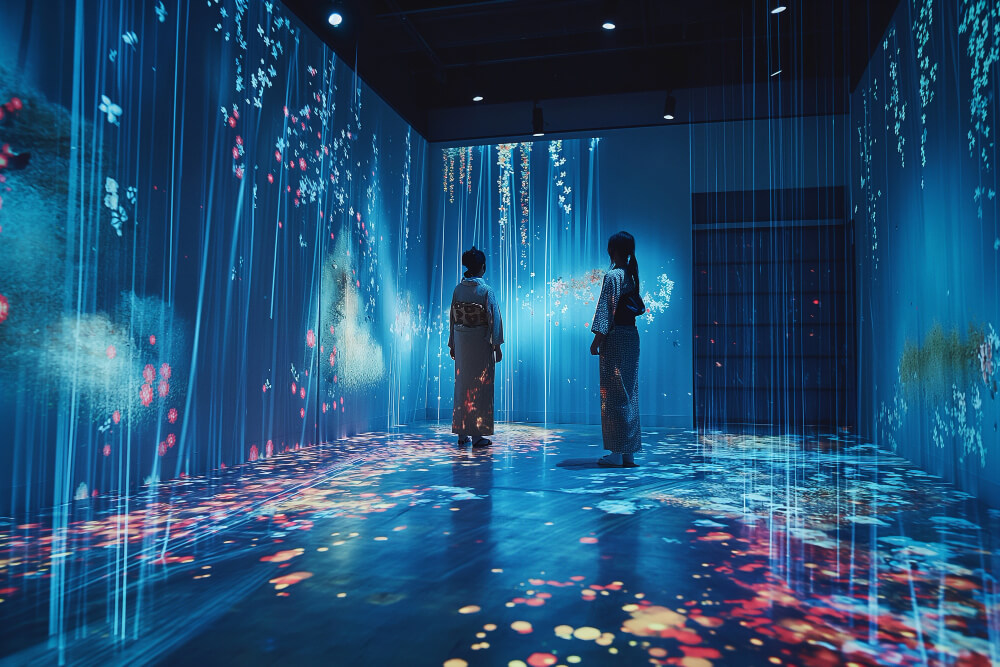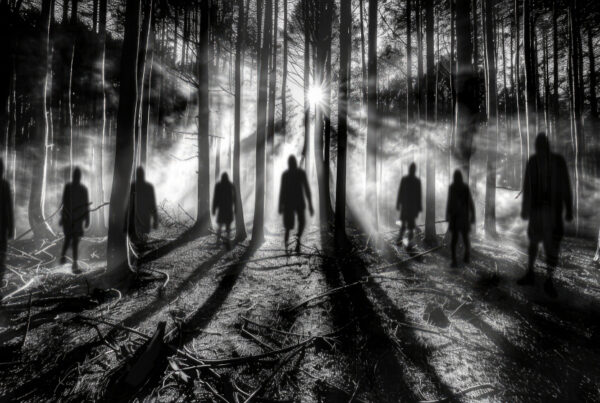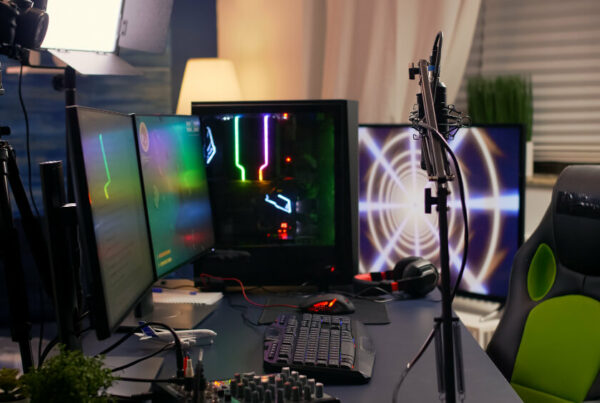Introduction
The evolution of special effects (SFX) in cinema has been a fascinating journey, marked by technological advancements and creative innovation. From the practical, in-camera tricks of the silent film era to the modern-day wonders of computer-generated imagery (CGI), special effects have played a pivotal role in expanding the boundaries of storytelling in film.As technology has advanced, filmmakers have been able to create increasingly complex and visually stunning effects that were once thought impossible. In this blog, we’ll explore the evolution of special effects in cinema, examining key milestones and discussing how practical and digital techniques have shaped the film industry.
1. The Early Days: Practical Effects and Silent Cinema
Special effects in cinema can be traced back to the early 1900s, when filmmakers used simple, yet ingenious, practical techniques to create visual illusions. These early effects relied on in-camera tricks, stop-motion animation, and clever set design to bring fantastical worlds to life.One of the pioneers of early special effects was French filmmaker Georges Méliès, whose 1902 film A Trip to the Moon is widely regarded as one of the first examples of SFX in cinema. Méliès used techniques such as double exposure, miniatures, and hand-painted sets to depict a voyage to the moon, creating a sense of wonder and awe for audiences at the time.
Techniques Used in Early Cinema
- Stop-Motion Animation: By photographing objects one frame at a time and moving them slightly between each frame, filmmakers could create the illusion of movement. This technique was often used to animate creatures or create fantastical transformations.
- Matte Paintings: Early filmmakers used painted backdrops to create the illusion of large, complex environments that couldn’t be built on set.
Example in Film
In A Trip to the Moon, Méliès used practical effects to create the iconic image of a rocket landing in the eye of the moon, combining miniatures and in-camera effects to achieve the shot.
2. The Rise of Practical Effects in the 20th Century
As filmmaking techniques evolved, so did the complexity of practical effects. The mid-20th century saw the rise of groundbreaking practical effects that pushed the limits of what could be achieved on screen. These effects were largely mechanical or optical in nature, often requiring large-scale models, animatronics, or meticulously crafted sets.
Key Practical Effects Techniques
- Miniatures: Filmmakers used miniatures (small-scale models) to depict large objects, such as spaceships or buildings, that would have been too expensive or impractical to build at full scale.
- Animatronics: Animatronics, or mechanical puppets, were used to create lifelike creatures or characters that couldn’t be portrayed by actors.
- Makeup and Prosthetics: Complex makeup and prosthetic techniques were developed to transform actors into creatures, aliens, or otherworldly beings.
Example in Film
King Kong (1933) is one of the earliest examples of groundbreaking practical effects. The film used stop-motion animation for the titular ape, along with miniature sets and optical effects to create a sense of scale and terror. The 18-inch King Kong puppet was painstakingly animated frame-by-frame, bringing the giant creature to life on screen.
3. The Transition to Digital Effects: Enter CGI
While practical effects dominated cinema for most of the 20th century, the 1990s marked a turning point with the advent of computer-generated imagery (CGI). CGI allowed filmmakers to create digital worlds and characters that would have been impossible to achieve with practical techniques. This technology revolutionized the film industry and opened up new possibilities for visual storytelling.The first major breakthrough in CGI came with Jurassic Park (1993), which seamlessly blended practical effects with CGI to create realistic, lifelike dinosaurs. Director Steven Spielberg worked closely with special effects teams to ensure that the dinosaurs felt grounded in reality, using animatronics for close-up shots and CGI for larger movements.
Key Advancements in CGI
- Digital Characters: CGI allowed filmmakers to create digital characters that could interact with live-action environments. These characters could move, express emotions, and perform actions that would be difficult or impossible for practical effects.
- Virtual Environments: CGI enabled the creation of fully digital environments, from alien worlds to fantastical landscapes. Filmmakers could now create entire cities or planets with computer-generated imagery, without the limitations of physical sets.
Example in Film
In Jurassic Park, the combination of animatronics and CGI created some of the most realistic dinosaur effects ever seen on screen. The film’s use of digital effects was groundbreaking, setting the stage for the widespread adoption of CGI in the years to come.
4. The Modern Era: Pushing the Limits of CGI
As CGI technology has continued to advance, filmmakers have been able to push the limits of what is possible on screen. Today, many blockbuster films rely heavily on digital effects to create immersive worlds and epic action sequences.Films like Avatar (2009) and The Avengers series have demonstrated the power of modern CGI to create photorealistic environments and characters. In Avatar, director James Cameron used cutting-edge motion capture technology to bring the alien world of Pandora to life, while The Avengers used CGI to create larger-than-life characters like the Hulk and Thanos.
Key Technologies in Modern CGI
- Motion Capture: Motion capture technology allows filmmakers to record an actor’s movements and expressions, which are then applied to a digital character. This technology has been used to create some of the most realistic and emotionally expressive digital characters in film.
- Photorealistic Rendering: Advances in rendering technology have allowed CGI to become increasingly photorealistic, with digital characters and environments that are indistinguishable from live-action footage.
Example in Film
In Avatar, Cameron used motion capture technology to create the Na’vi characters, capturing the actors’ facial expressions and body movements in real-time. The result was a seamless blend of live-action and digital effects, with the Na’vi appearing as fully realized, lifelike characters.
5. The Return of Practical Effects in the Digital Age
While CGI has become a dominant force in modern filmmaking, many filmmakers have embraced a return to practical effects, often blending them with digital effects to create more immersive and tangible visuals. The combination of practical and digital effects allows filmmakers to ground their fantasy worlds in reality, creating a more believable and emotionally resonant experience for the audience.
When to Use Practical Effects
- Tangible Interactions: Practical effects are often used when characters need to interact with their environment in a tactile way. Real objects, creatures, or sets can enhance the physicality of the scene.
- Emotional Impact: Practical effects can sometimes offer more emotional impact, as the audience can sense when something is physically present on set. This is particularly important in character-driven scenes, where the audience needs to feel a connection to the characters or creatures.
Example in Film
In Mad Max: Fury Road (2015), director George Miller opted for practical effects in many of the film’s action sequences, using real stunts, explosions, and vehicles. The use of practical effects gave the film a raw, visceral energy that CGI alone could not achieve, while digital effects were used sparingly to enhance certain elements.
6. The Future of Special Effects: Virtual Reality and AI
As we look to the future, special effects technology continues to evolve, with innovations like virtual reality (VR) and artificial intelligence (AI) poised to revolutionize the industry. VR allows filmmakers to create fully immersive, 360-degree environments that the audience can explore, while AI is being used to automate certain aspects of visual effects production, such as rendering and animation.
Key Innovations on the Horizon
- Virtual Production: Virtual production, as seen in films like The Mandalorian, uses large LED screens to project digital environments in real-time, allowing actors to perform in front of realistic backdrops without the need for green screens. This technique offers greater flexibility in shooting and more immersive visuals for the actors and audience alike.
- AI in Animation and Rendering: AI is being used to automate certain tasks in animation and rendering, such as creating realistic facial expressions or simulating natural phenomena like water and fire. This technology has the potential to speed up production times and reduce costs while maintaining high-quality visual effects.
Example in Film
In The Mandalorian, the use of virtual production technology allowed the filmmakers to create vast, realistic environments without the need for location shooting or extensive green screen work. The actors performed in front of LED screens that projected the digital landscapes in real-time, creating a seamless blend of practical and digital effects.
Conclusion: The Magic of Special Effects in Film
The evolution of special effects in cinema is a testament to the creativity and innovation of filmmakers. From the early days of practical effects to the rise of CGI and beyond, special effects have transformed the way we experience stories on screen. As technology continues to advance, the possibilities for visual storytelling are endless, and filmmakers will continue to push the boundaries of what is possible, blending practical and digital techniques to create new cinematic wonders.





